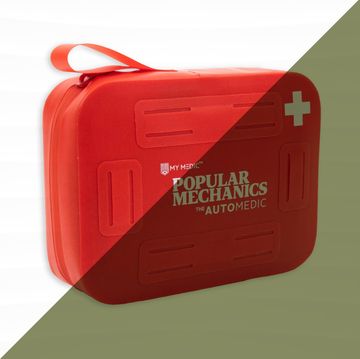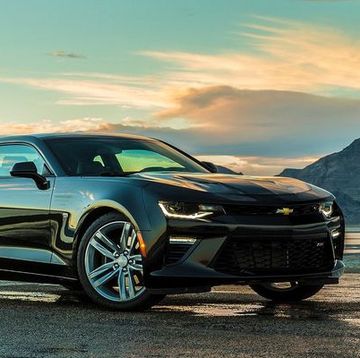Tesla's taken the veil off its autopilot and claims you'll be able to just "summon" your car in the near future. Meanwhile Google's testing out its new design,one that just got its first windshield wipers. There are still plenty significant obstacles to going completely driver free all the time, but Ford thinks it's tackled a big one: snow.
It's fairly easy to get your cars driving themselves off in California where it hardly even rains, but for large swaths of the country, snow is a steady seasonal companion. Not only does it make roads slick and change how a car handles, but a blanket of white is enough to blind the LIDAR (laser radar) systems that most driverless cars use to see. These cybereyes can't see the road markings underneath a coat of snow, and the cars aren't smart enough to figure things out with context clues.
Ford's solution isn't new eyes, but rather a new brain. In Ford's system, a car that finds itself blinded by snow will simply call up a visual of the snowy location as remembered by another car at a different time, one with better weather. The car gets its bearings by looking around for landmarks that it can identify through the snow, and uses them to orient itself against sunny-day visuals, essentially super-imposing one over the other. Ford says its tested the system for over a year, using the roads of a fake Michigan town, and says that its human-free cars can now handle the low visibility of snowy weather.
Of course there are still other variables to account for. Snow doesn't just make it hard to see, it makes it hard to drive as well. And it'd be bad enough for a system like this to glitch up and fail under ideal driving conditions, much less snowy ones. This development could be a big step forward in the advancement of self-driving cars, but it also shows just how far we have to go. These robot cars don't just need to learn how to drive, they need to learn how to see and think as well. Handling a light dusting of snow is the bare minimum requirement.
Source: BBC













